- 2,345

- France
- danteabidbol
since the time I dream to see this: drool: especially in a car game will have to wait again .. (on console)
even if I think that it would be possible to turn this in the scape mode of sports GT on PS4 by pre-calculating a little the thing ..
but what a mouth it will be in a few years: drool:
Briefly the next modes photos ..: angel:
even if I think that it would be possible to turn this in the scape mode of sports GT on PS4 by pre-calculating a little the thing ..
but what a mouth it will be in a few years: drool:
Briefly the next modes photos ..: angel:
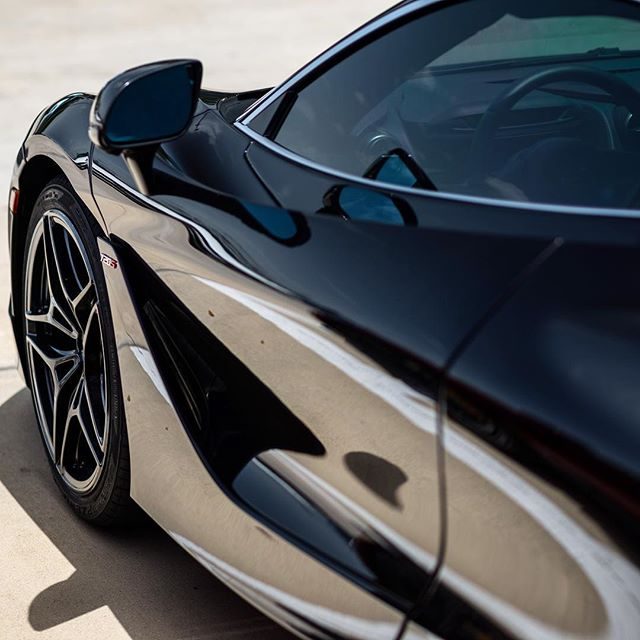
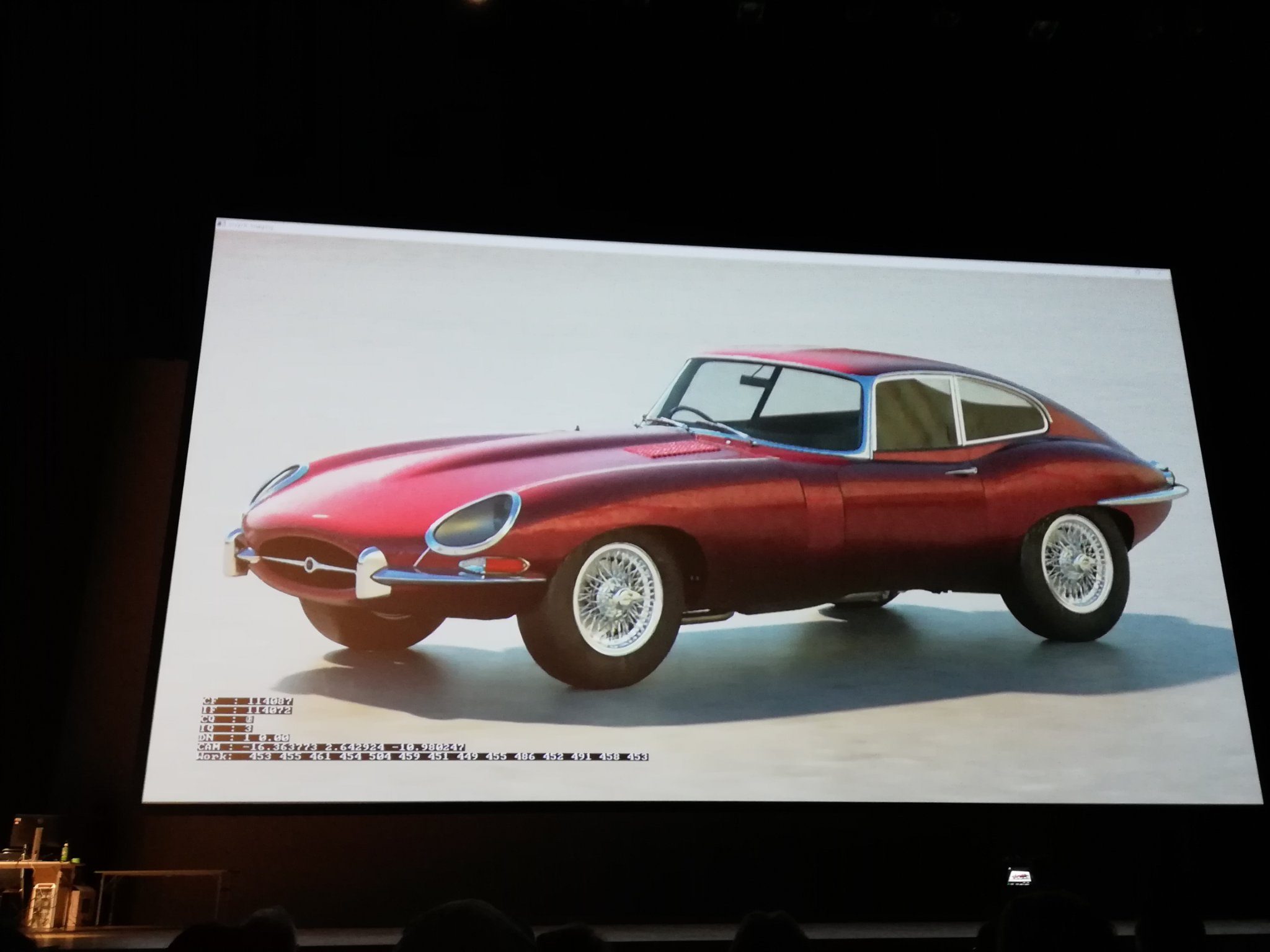
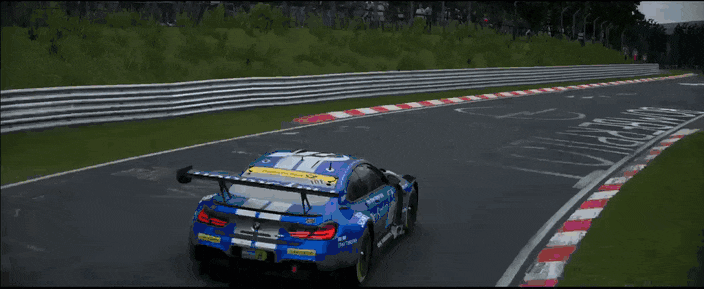
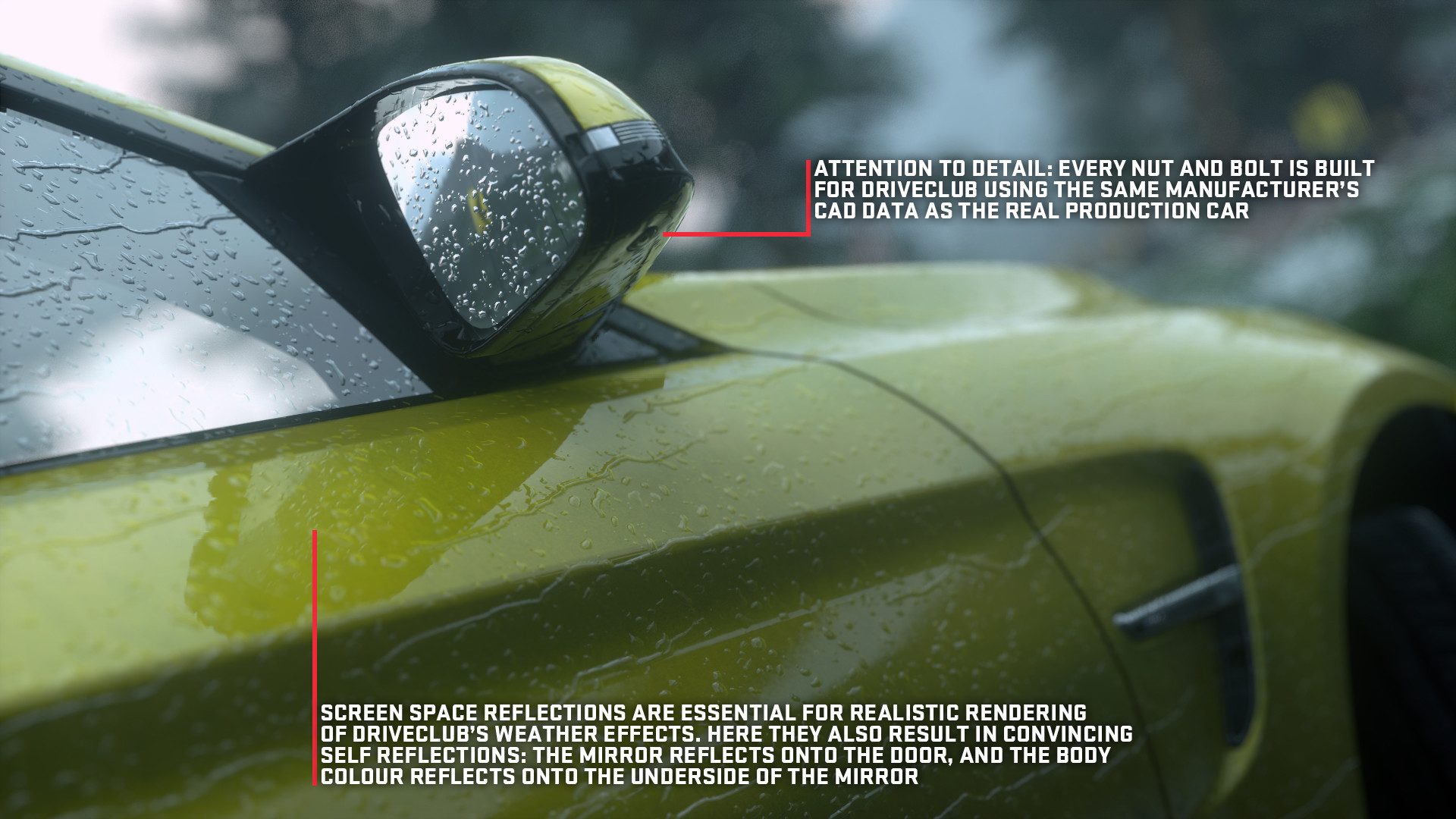
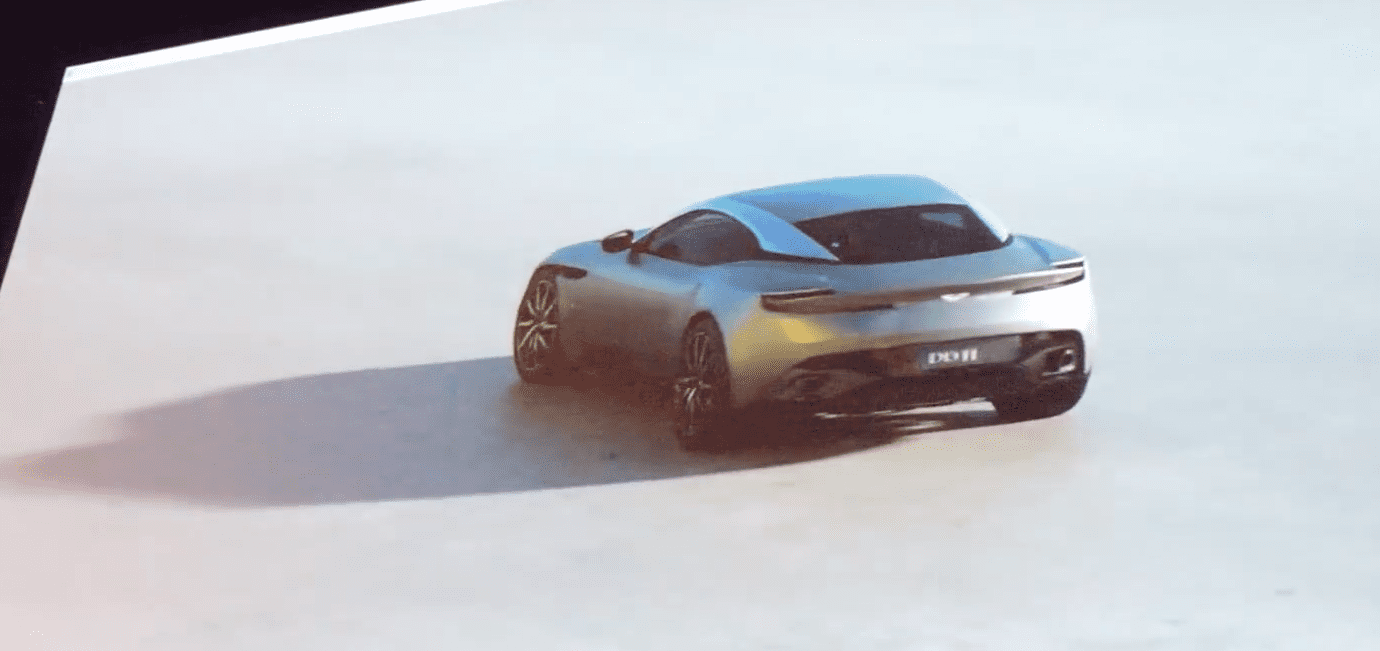

 ).
).